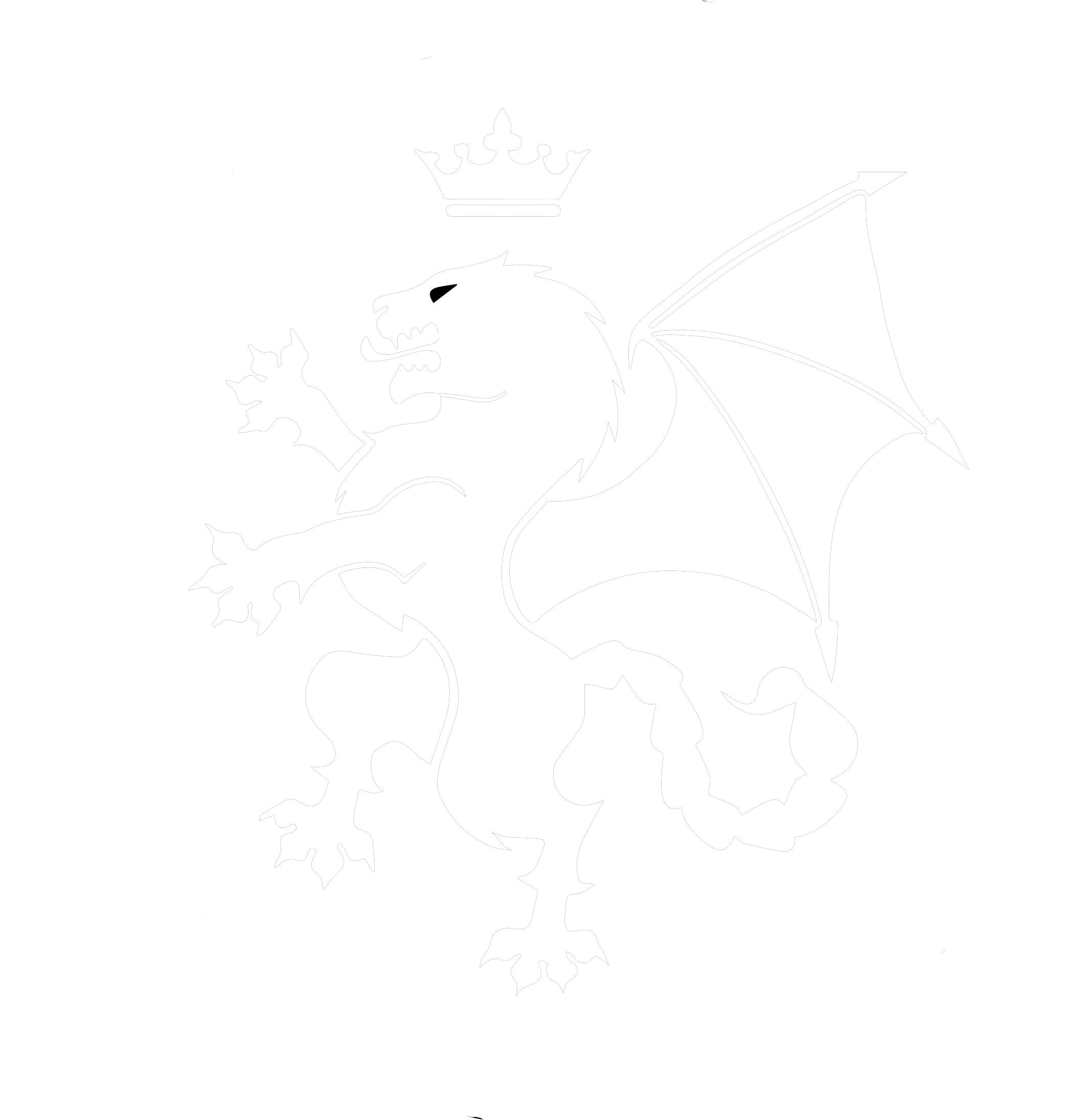Juleigh Howard-Hobson
The pointed hat has become such a common image that people tend not to really see it as anything more than an icon in this era of iconic-branding—like the golden arches synonymous with fast food, or the check mark identifying sporting goods. Yet, it still exists… and has existed…for a reason far more important than selling. The pointed hat – whether we find it on a witch, a sorcerer, a dunce or even a birthday child—is nothing more or less than the physical representation of a cone of power. Magical power.
The cone shape is used to direct energy – much like a funnel directs water. Magic work raises energies that, if not directed, tend to become diffused and ineffective in their goal, but when pointed properly have a decided effect on reality.
Magical hats of this shape are ancient and widespread. Stone-age cave art in Spain depicts female figures wearing pointed hats while across the ocean Pre-Columbian Mexican art also includes similar depictions of humans in pointed hats. Statues of the Greek Goddess-Witch Hecate show a conical Phrygian cap. China’s Tarim Basin yields the so-called ‘Witches of Subeshi’: female mummies found wearing black felt conical hats—dating back to 4000BCE. 3000-year-old golden cone-shaped hats adorned with astral symbols (and once thought to be large vases until chinstraps were found on some of them) have been unearthed all over Central Europe and in Ireland. Statues of the Norse God Frey often include a pointed hat. The same shape can be found in the Catholic Bishop’s miter as well as the Papal Tiara (used for Papal coronations since 1305) and for that matter in every church steeple as well.
The cone helps with the concentration of the magical or (in the cases of those who disregard magic) sacred power that is raised during ritual and its shape directs this power upwards, sending it forth where it will manifest the intent of the power raiser.
People wearing such a conical hat become an energy center of directed power. The simplest example of this is to be found in the party hat worn by the child who blows out the candles and makes a wish. Another – slightly reversed—example is the so-called dunce cap, or Dun’s Cap (named for its 13th-century inventor John Duns), designed to pull and concentrate mental energy into the heads of fools (dunces).
Perhaps because the act of capturing and directing energy through specifically shaped conduits has been the human experience for ages untold, we don’t quite realize how very much part of our lives this uniquely shaped aspect is. And it is everywhere around us: pyramids, praying hands (finger tips up), belfries, obelisks….and, more to the point, on us: wishing caps, pixie caps, witches’ hats…. Where there is human will to be exerted, there is always going to be a point.

